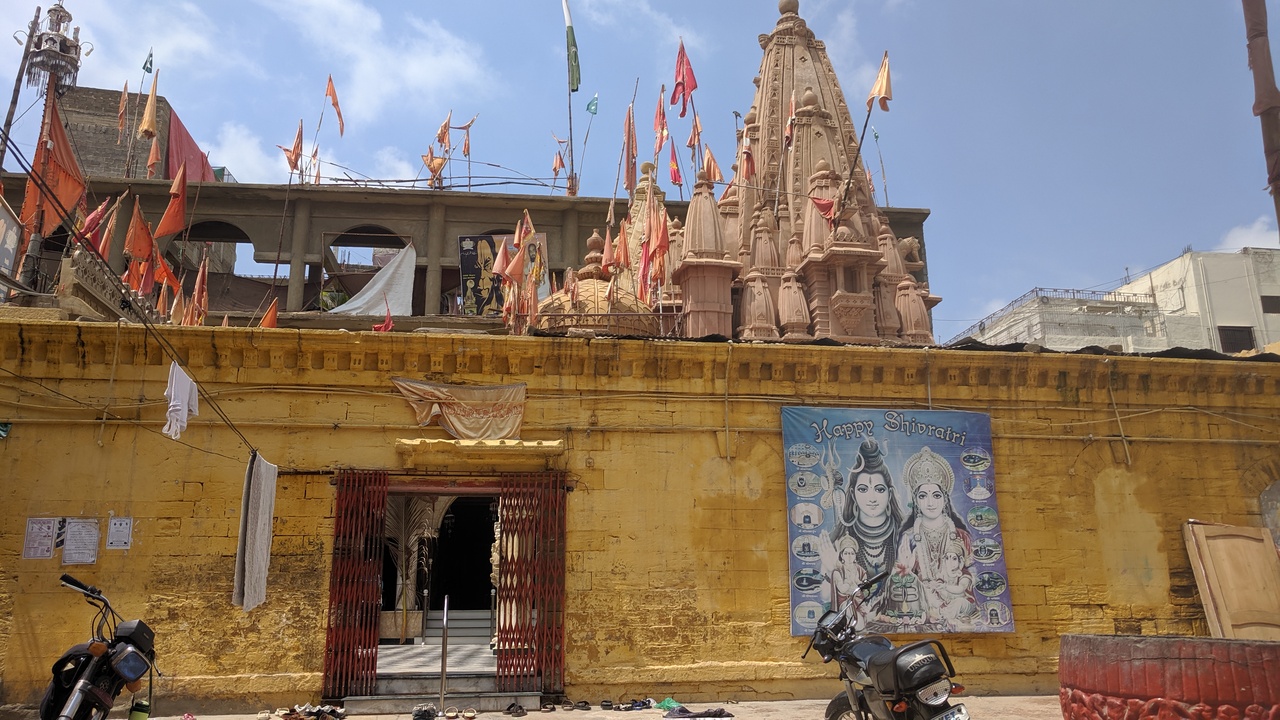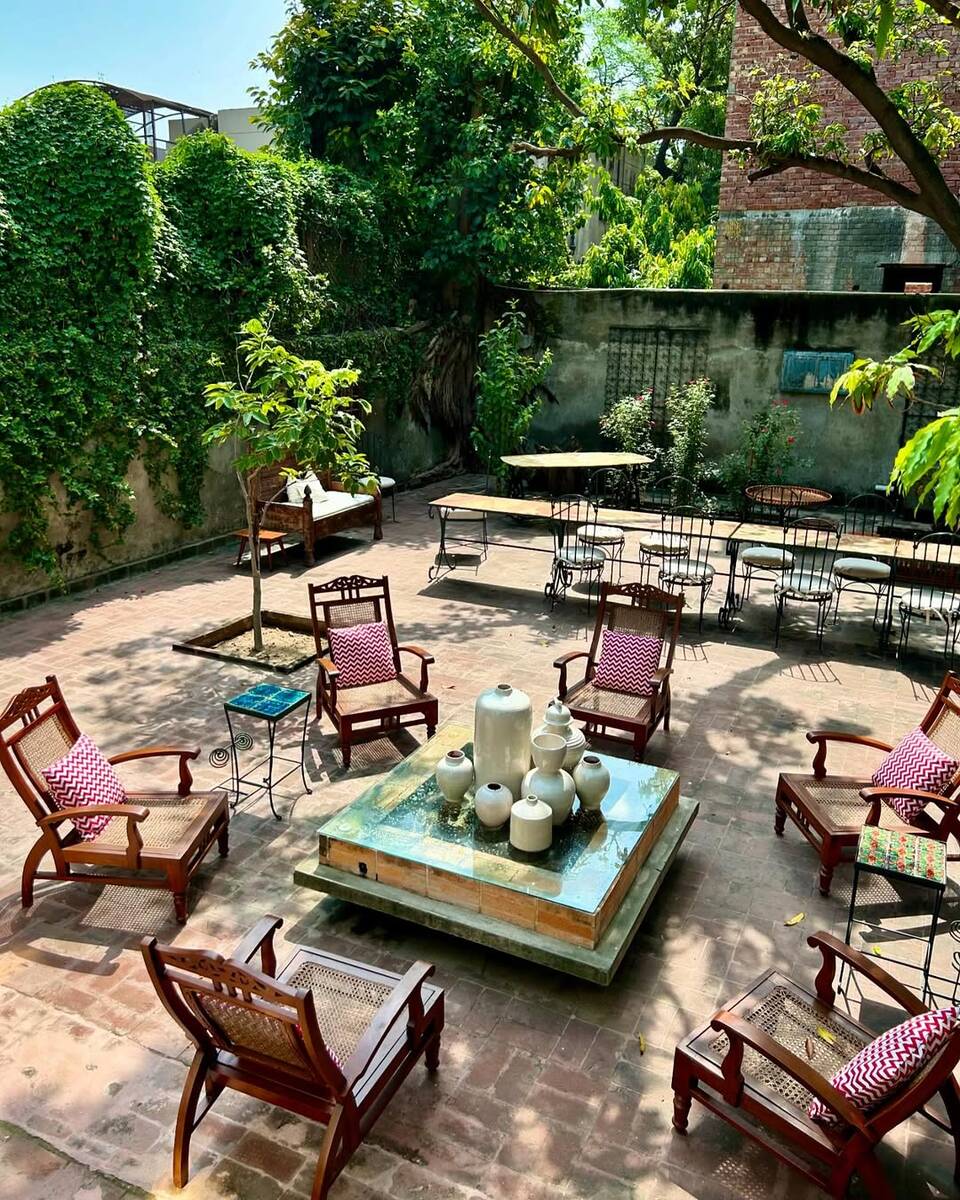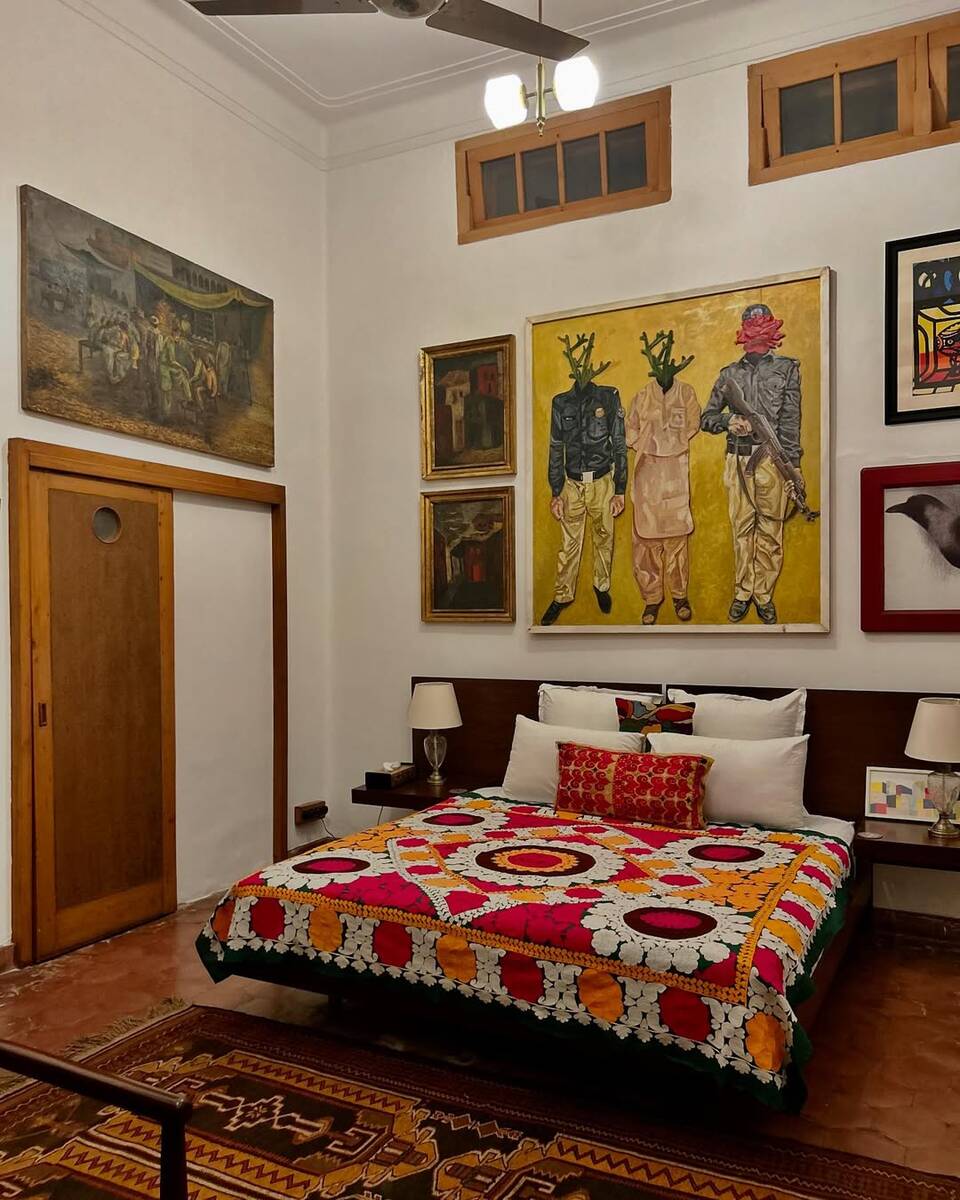KARACHI: Last week, during expansion work at an ancient Hindu temple in Pakistan’s port city of Karachi, caretakers discovered a rare treasure: up to three-hundred-year-old statues of the Hindu deities Hanuman, Ganesh Bhagwan, Shri Mata, Vanar and Shiva Linga.
A reflection of the diverse history and culture of the South Asian country, the Panchmukhi Hanuman Mandir in Karachi’s Soldier Bazar area is said to be at least 1,500 years old and was declared a national heritage under the Sindh Cultural Heritage (Preservation) Act 1994. The temple holds special significance as the only shrine in the world that houses what Hindus believe to be a divinely-revealed statue of Hanuman that is not man-made.
Expansion works at the 2,600-square-feet property first began in 2006 but resumed this year, leading to the discovery of the new statues.

The Panchmukhi Hanuman Mandir, situated in the Solider Bazar area of Karachi, Pakistan is being renovated this year following a tough legal battle. Photograph taken on Sept. 3, 2019. (AN Photo)
“Our team will determine the exact age of the artifacts; however the usage of gizri stones tells us that they are at least 300 years old,” Sindh Director Heritage Muhammad Shah Bukhari told Arab News. “Archaeologists can determine the accurate age of the statues by studying the stone, its size and other specifications.”
Shri Ram Nath Maharaj, the caretaker of the temple, said he discovered the statues while digging the land adjacent to the temple during expansion.
“Experts can better tell us about the age but these statues can be as old as the temple itself,” Nath said.
Minority communities in Pakistan are often targeted by right-wing groups and successive governments have in the past been reluctant to embrace the country’s non-Muslim heritage.
But recent attempts to improve Pakistan’s image and open the country to tourism and pilgrimages have included overtures to minority communities by the past government of Prime Minister Nawaz Sharif and the new government of cricketer-turned-politician Imran Khan.

The caretaker of Karachi city’s Panchmukhi Hanuman Mandir, Shri Ram Nath Maharaj (R), briefs the director of the heritage department for Sindh province, Muhammad Shah Bukhari, who examines newly discovered statues. Photograph taken on Sept. 3, 2019. (AN Photo)
In January 2017, Sharif inaugurated the restoration of Hindu temples at Katas Raj in Punjab province. In November that year, Khan inaugurated the remains of a 1,700-year-old sleeping Buddha image in Haripur in Khyber Pakhtunkhwa, a northwestern province his political party had ruled under the previous government. The region was once the center of Buddhist civilization that took root under the Mauryan king Ashoka 2,300 years ago.
Nath said the Sindh heritage department would help in the proper restoration and perseveration of the recovered statues and hoped they would complete their work before September 29 when the annual, nine-night Navratri Hindu festival kicks off at the temple, marked with celebrations involving prayer, music and dance among men and women.
The festival is famous for being high-spirited and Christians and Muslims are also known to take part.
“The people are eager to see their gods,” Nath said. “Navratri will be a great occasion to behold them.”























